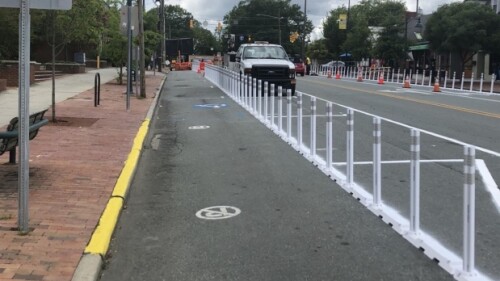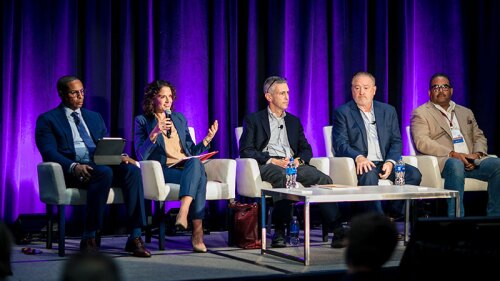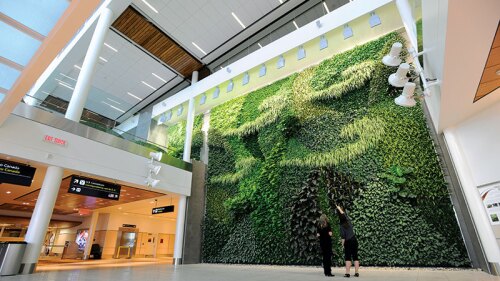Emerging Trends
Physical distancing and restriction of travel were some of the earliest and most effective and widespread strategies enacted worldwide to control the transmission of COVID-19. Roads emptied of typical automobile traffic, and many were used in new ways to support the needs of communities. Cities used roadways to create space for walking and bicycling, outdoor commerce, and queuing for essential services, with the implementation of these programs moving abnormally quickly to respond to an increased demand.
Despite potential storm clouds ahead, survey results from the Emerging Trends in Real Estate ® United States and Canada 2022report show strong optimism.
The success of Chicago’s push in recent years to support development near public transit had a problem, according to Charlton Hamer, senior vice president of local developer Habitat Affordable Group: The popularity of the new projects created inequity because many people could not afford to live in them.
The real estate industry can simultaneously combat inequality and boost property values by improving broadband access, according to a new ULI report. Broadband and Real Estate: Understanding the Opportunity, from the Institute’s Curtis Infrastructure Initiative, makes clear that high-speed internet is no longer a luxury but a necessity for participating in society and the economy.
With features such as mezzanine offices above warehouse spaces and shared-amenity areas in which people can exercise and socialize, developers are transforming the once-staid genre of industrial buildings by incorporating features comparable to those typically found in office and mixed-use projects, according to a recent ULI panel discussion. Panelists also described design changes made to facilitate the increasingly rapid movement of e-commerce goods and rooftop solar installations that can supply most of a building’s energy needs.
ULI MEMBER–ONLY CONTENT: What is coming for travel services, concessions, commercial development, and logistics?
History shows that well-managed cities are resilient to the ravages of pandemics and will evolve to become even more resilient, economist Ed Glaeser told attendees at the 2021 ULI Asia Pacific Summit.
An “urban exodus” may be a myth, but a hybrid of office-based and non-office workplaces may become a norm, say panelists Richard Florida of the University of Toronto, Diane Hoskins of Gensler, and Mark Grinis of EY.
Netflix CMO Bozoma Saint John stressed the importance of individualism and authenticity when discussing innovation in the corporate and social spheres.
Four developers based in the Washington, D.C./Baltimore area discussed the “invisible threat” that the COVID-19 pandemic posed to real estate, recounting a volatile year and how it has affected the industry.







